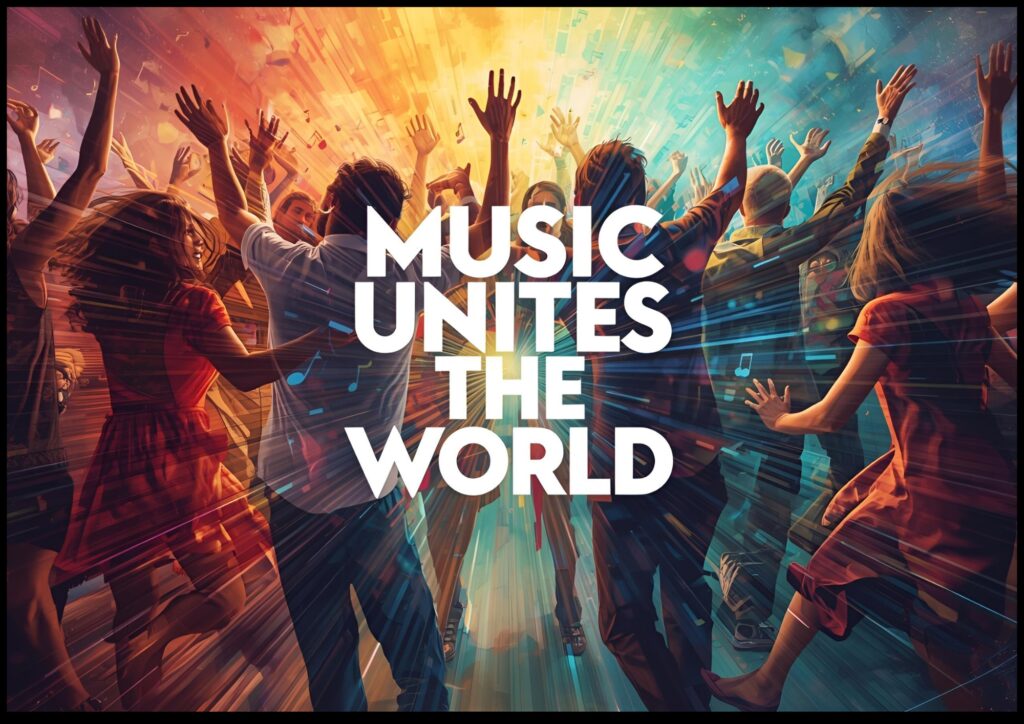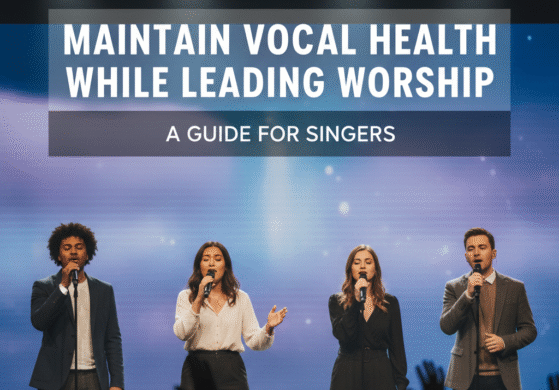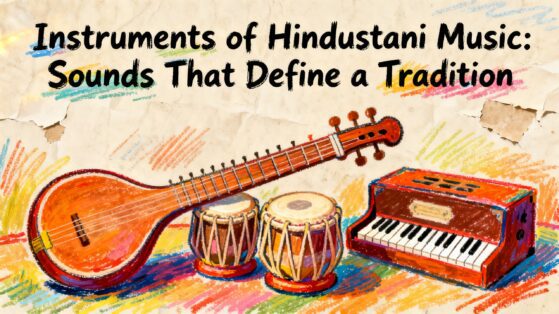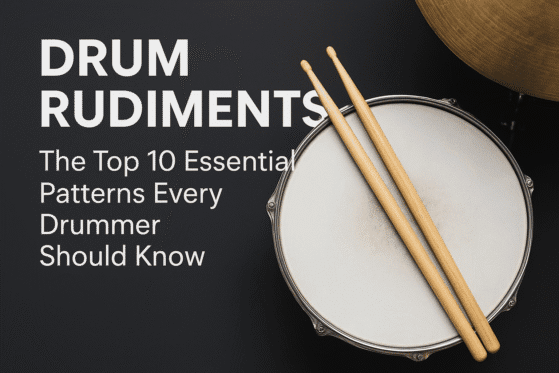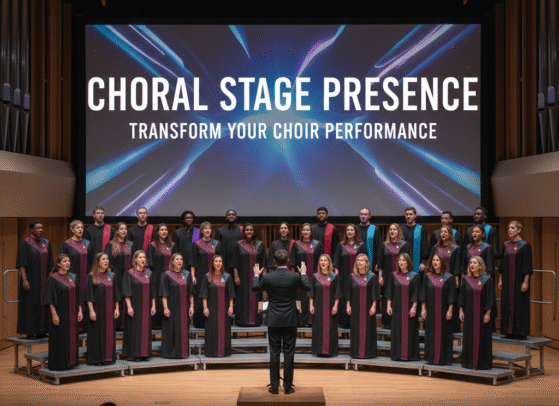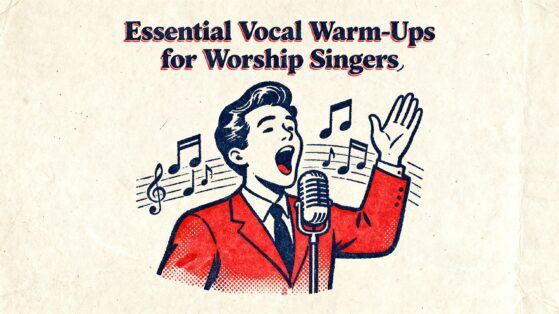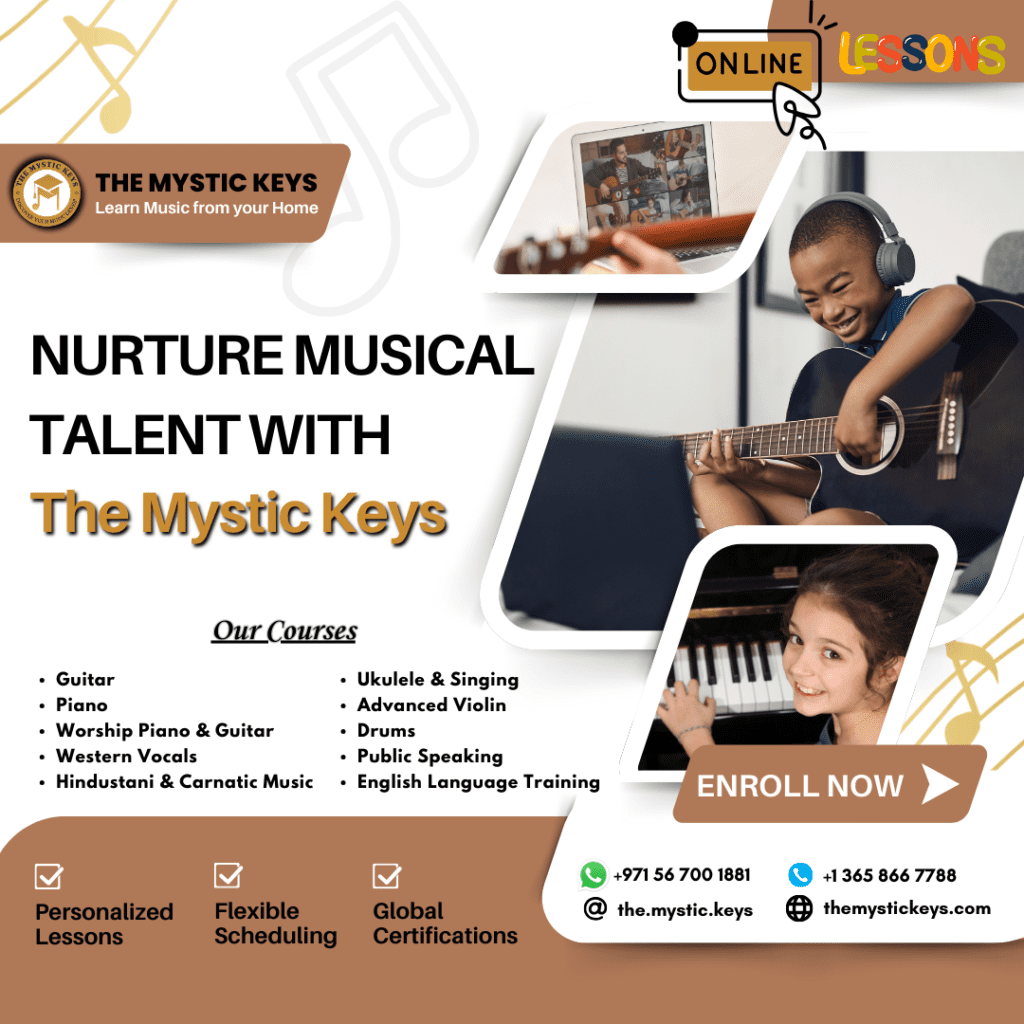Music Unites the World | A United Nations Day Reflection
Every year, on October 24, the world comes together to celebrate United Nations Day — a reminder of our shared commitment to peace, dialogue, and global cooperation. Amid the richness of diverse cultures, languages, and traditions, one universal force stands out because it transcends all barriers and brings people together: music unites us all.
From the gentle hum of ancient chants to the vibrant pulse of contemporary beats, music has always served as a symbol of connection. It embodies the very essence of what the United Nations represents — unity in diversity. On this day of reflection, let us explore how music unites hearts, bridges cultures, and links generations, reminding us that despite our differences, we share a common rhythm.
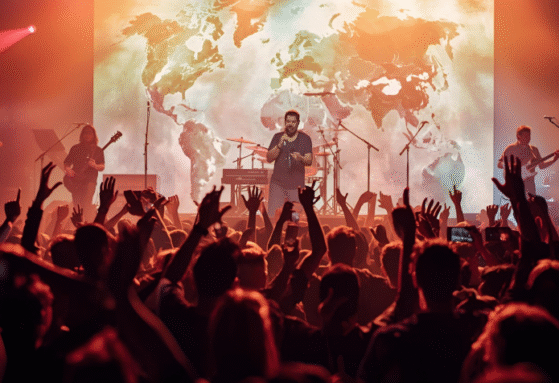
The Universal Language of Emotion
Before words ever existed, there was rhythm — the sound of a heartbeat, the whisper of the wind, the rustle of leaves. Music was humanity’s first language, and to this day, it remains the one tongue we all understand.
A melody born in one corner of the world can touch souls in another without needing translation. A haunting Indian raga, a soaring opera aria, or a West African drumbeat — each may sound distinct, yet they awaken the same emotions: joy, longing, peace, or hope.
This emotional universality is the foundation of music’s power. It reminds us that even when we don’t speak the same language, we can still feel the same song.
And that, in essence, is what the United Nations strives for — a world where understanding comes not from similarity, but from shared humanity.

Music Unites Diverse Cultures
From the universal, let’s move to the beautifully specific. Every culture expresses music differently — through its instruments, rhythms, and scales — yet these differences create harmony, not division.
Much like the UN’s motto “Unity in Diversity,” the world’s music celebrates individuality while seeking balance. The Hindustani sitar converses with the Western piano; African percussion finds rhythm with Latin salsa; Middle Eastern melodies blend with Western electronic beats.
Each collaboration tells a story — not of dominance, but of dialogue. When musicians from different backgrounds play together, they don’t erase their identities; they amplify them.
At The Mystic Keys, we witness this harmony daily. Our students learn that a piece of music can carry centuries of tradition — yet still invite new voices to join. This act of learning and sharing mirrors the spirit of international cooperation that the United Nations champions.
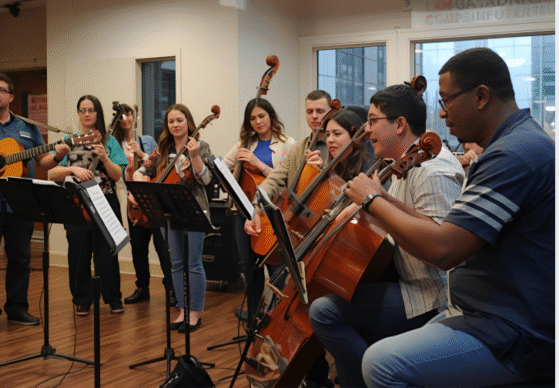
Music as a Messenger of Peace
Throughout history, music has proven to be far more than a source of entertainment — it has been a movement of hearts and minds. From ancient chants to modern protest songs, it has comforted people in times of pain, brought unity during struggles, and ignited courage during revolutions.
Consider how songs like “Imagine” by John Lennon, “We Are the World,” and “One Love” by Bob Marley rose beyond mere compositions to become global anthems of hope. Each of these songs carried a message that resonated across nations, transcending political borders, cultural identities, and linguistic walls. They reminded humanity that peace doesn’t begin with power — it begins with empathy.
And perhaps that’s where the true magic of music lies. When people come together to sing — whether in a crowded stadium, along a quiet street, or even through digital screens — something extraordinary happens. They breathe as one. Their hearts beat to the same rhythm. In that shared moment of harmony, differences fade and connection deepens.
That powerful sense of togetherness is more than just an emotional experience — it mirrors the very essence of what the United Nations envisions for the world: a global community moving in rhythm, guided by understanding, compassion, and peace.
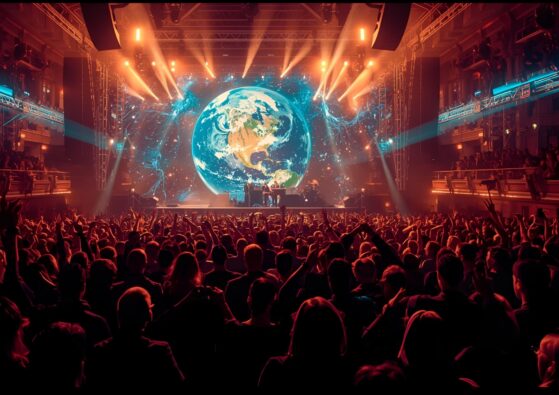
Music Unites Through Technology
In the digital age, music’s unifying power has reached new heights. Technology has made music global — instantly accessible, shareable, and free of borders.
Because of this, a pianist in Paris can now perform alongside a tabla player in Mumbai or a vocalist in Cape Town in real time. Streaming platforms, online studios, and virtual academies make these collaborations possible, connecting musicians across continents like never before.
At The Mystic Keys, we see this as more than convenience — it’s a way to foster global unity through art. Students from different countries learn, perform, and grow together, proving that even oceans apart, music keeps hearts in sync.
In this way, the fusion of music and technology reflects the vision of the United Nations. Progress is no longer just innovation — it is a bridge for connection, understanding, and harmony worldwide.

Bridging Generations Through Music
While technology connects us across geography, music unites us across time. It bridges generations, carrying stories, traditions, and memories from one era to the next.
A grandmother’s lullaby, a father’s favorite song, or a modern remix of an old classic — all remind us that music is a living heritage. It evolves, adapts, and unites young and old alike, showing that the bonds it creates are timeless.
In every rehearsal, jam session, and classroom, this intergenerational exchange continues. And much like the UN’s efforts to foster understanding among nations, music unites generations, nurturing empathy, patience, and appreciation for each other’s experiences.
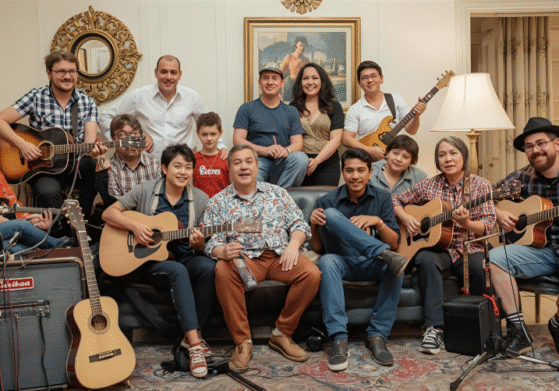
Learning from Global Musical Traditions
To truly understand the world, one must listen — and music gives us that chance in the most beautiful way. Every note, every rhythm, and every melody carries the history, emotions, and values of the people who created it. In this way, music becomes more than sound — it becomes a story of humanity itself.
Across continents, each genre reveals a unique perspective. The raga system of Indian music expresses emotion through intricate patterns of time and mood. The energetic beats of African drumming embody the strength of community and celebration. Meanwhile, the structured harmonies of Western classical symphonies reflect balance, precision, and unity in diversity. Together, these forms remind us that though our expressions differ, our desire to communicate through music remains the same.
Learning these diverse traditions is not just about mastering technique — it’s about learning how others see, feel, and interpret life. At The Mystic Keys, when students explore different musical cultures, they don’t just improve their performance; they expand their understanding of the world. Through every rhythm and scale, they begin to develop empathy — the very essence of peacebuilding and cultural respect.
Each lesson, then, becomes far more than practice. It becomes a bridge to another world, connecting minds and hearts across distances. And just as the United Nations builds dialogue through understanding, music teaches us that listening — truly listening — is always the first step toward harmony.
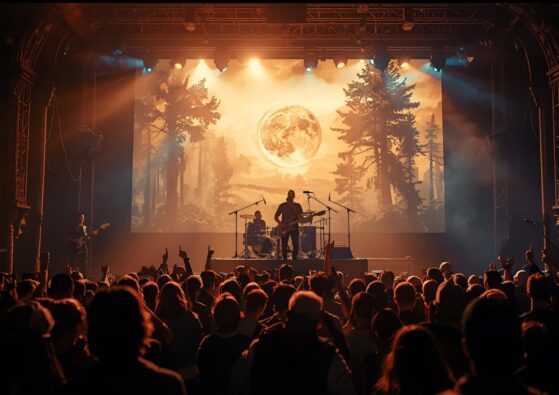
Music Unites the World in Hope
In moments of global celebration — from the Olympics to peace summits and humanitarian concerts — music unites people in ways few other things can. It doesn’t just entertain; it inspires hope and fosters connection.
Consider orchestras where musicians from opposing countries play side by side, or choirs that bring children from all corners of the world together in a single voice. In these harmonies lies proof that unity is not merely an ideal — it is a lived experience.
Through music, even dissonance can resolve beautifully when approached with intention and understanding. In this way, music unites the world, showing us that harmony is possible through empathy, collaboration, and shared purpose.
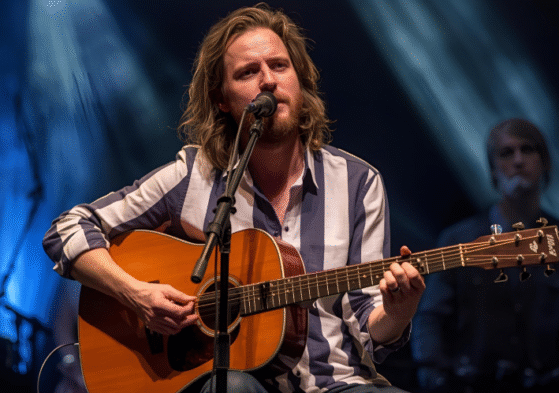
Conclusion | A World in Rhythm
As we celebrate United Nations Day, we are reminded of a beautiful truth — the world’s greatest symphony is still being written. And each of us holds an instrument.
Music teaches us that peace is not silence. It’s harmony. It’s the blending of voices, tempos, and emotions into something larger than any single sound.
At The Mystic Keys, we see this every day. Every student who learns an instrument, sings a song, or creates a melody becomes part of this rhythm of unity. Each note, no matter how small, carries the power to bring people closer.
So as nations reflect on cooperation and hope, let’s keep the music alive. Let it remind us that even in our differences, we can move in the same rhythm.
In the end, music tells us one timeless truth —
The world may have many voices, but it shares one heart.
For more information and exciting resources about learning music, visit our website at The Mystic Keys. For more music content and exciting offers follow us on
Facebook, Instagram, YouTube, LinkedIn, Twitter, Pinterest, and Threads.


